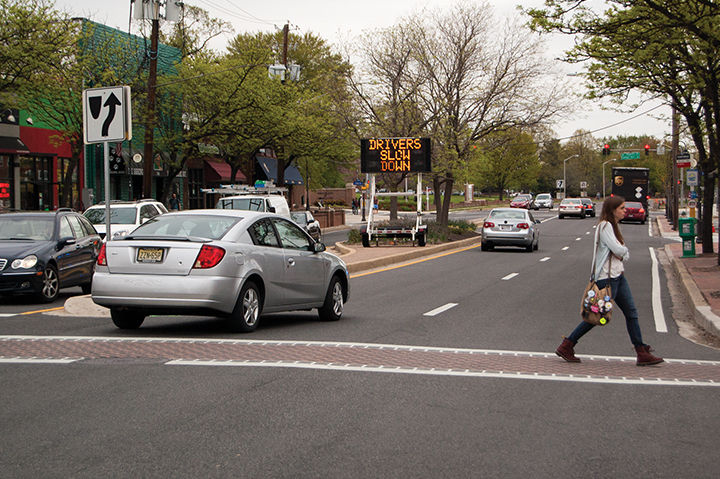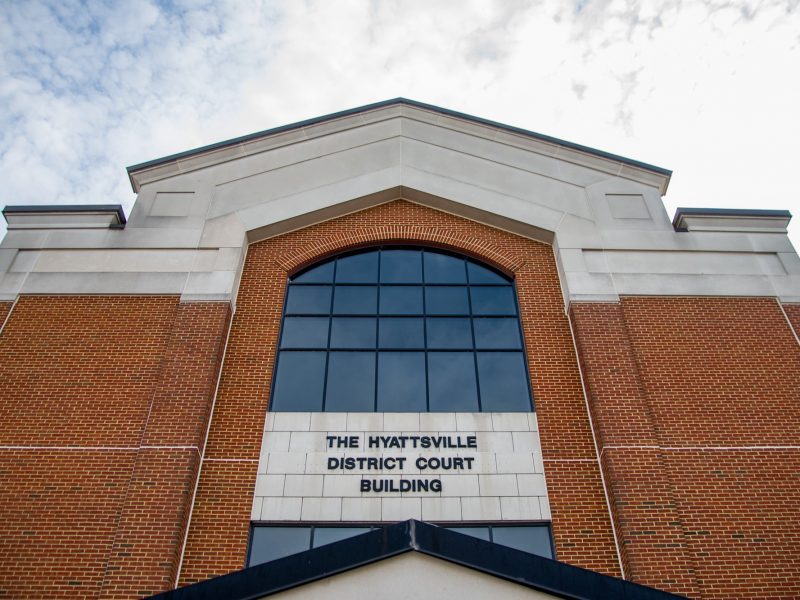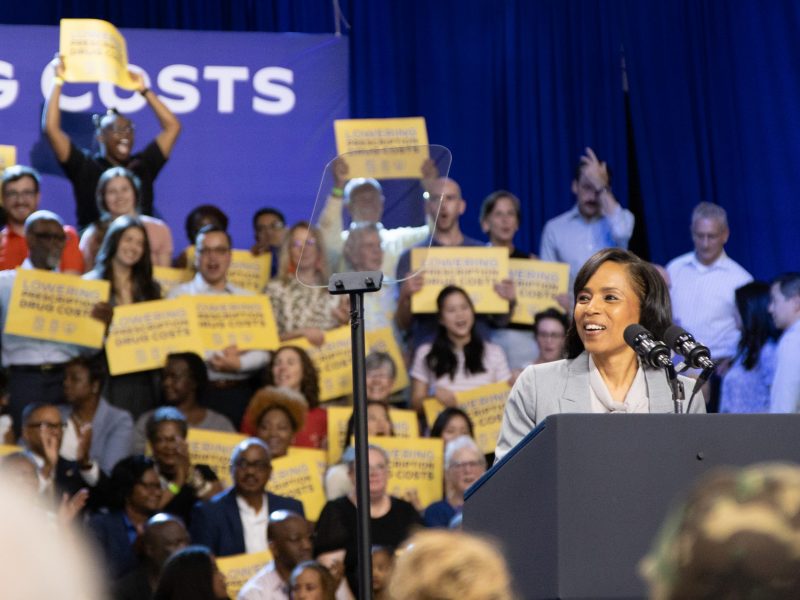The State Highway Administration and utility companies will begin relocating, or in some cases replacing, utilities along Route 1 between College Avenue and Route 193 ahead of construction that’s scheduled to begin in October 2018, the project’s manager said at Tuesday night’s city council meeting.
The projects are estimated to begin mid-summer with the Washington Gas company replacing gas lines along Route 1. Pepco, Comcast, Verizon, Verizon Business, Zayo and Washington Gas will all relocate themselves independently, while SHA will relocate Washington Suburban Sanitary Commission’s water and sewer lines, said Vivian Berra-Figuereo, SHA’s project manager. Verizon’s utility relocation will be the only project not completed before Route 1 construction begins.
“When we talk about relocation — say you have an existing gas line at this location, and now roadway will be there, so it will be in conflict — [the gas line is] moving,” Berra-Figuereo said.
[Read More: College Park City Council plans to fight SHA on proposal to remove an I-95 loop ramp]
Construction on Route 1 will widen the road to include 4-foot bike lanes on both sides of the road. The five-lane section between Lakeland Road and Route 193 will turn into four lanes and will have a landscaped median, according to the project’s design plan in the council’s agenda.
In addition, the SHA will widen walkways along that stretch that are not compliant with the American Disabilities Act, Berra-Figuereo said.
“[The 2018 construction] is a long time coming,” College Park Mayor Patrick Wojahn said. “I’m glad we’re finally moving forward after decades of talking about this.”
Berra-Figuereo noted that when companies remove utility lines to prep for road widening, however, it creates a trench — or hole — in the roadway. Wojahn voiced concerns Tuesday about how utility companies would patch holes in the road.
“It seems the most problems we have with potholes are when utilities do work and then patch it up … and don’t always do the best job of it,” Wojahn said. John J. Nesbitt, the utility engineer for SHA’s utility relocation, said city officials could contact his office if there are any issues with the patchwork.
In addition to utility patchwork concerns, Wojahn expressed doubt the SHA would adhere to lane closures, which are slated to occur between 9 a.m. and 3 p.m. to avoid peak travel times. Lane closures would extend before or after that time frame only “under extenuating circumstances,” like if a water or gas line breaks, Nesbitt said.
[Read More: SHA, county, university announce collaborative Route 1 safety measures by August 1]
District 2 Councilman P.J. Brennan recommended the SHA work with the city’s horticulturist to ensure the landscape plan for the project’s medians will include plants that will thrive despite heavy traffic flow.
“[The city] has a vested interest to make sure those plants live and are beautiful — and survive,” Brennan said. “We want to choose something that’s going to survive the wind of the traffic, and wind burn, and all that kind of stuff — drought.”
In the end, Brennan recommended a cactus, and the council chuckled.
“Yeah, a cactus would be great,” said Scott Somers, the city manager.



